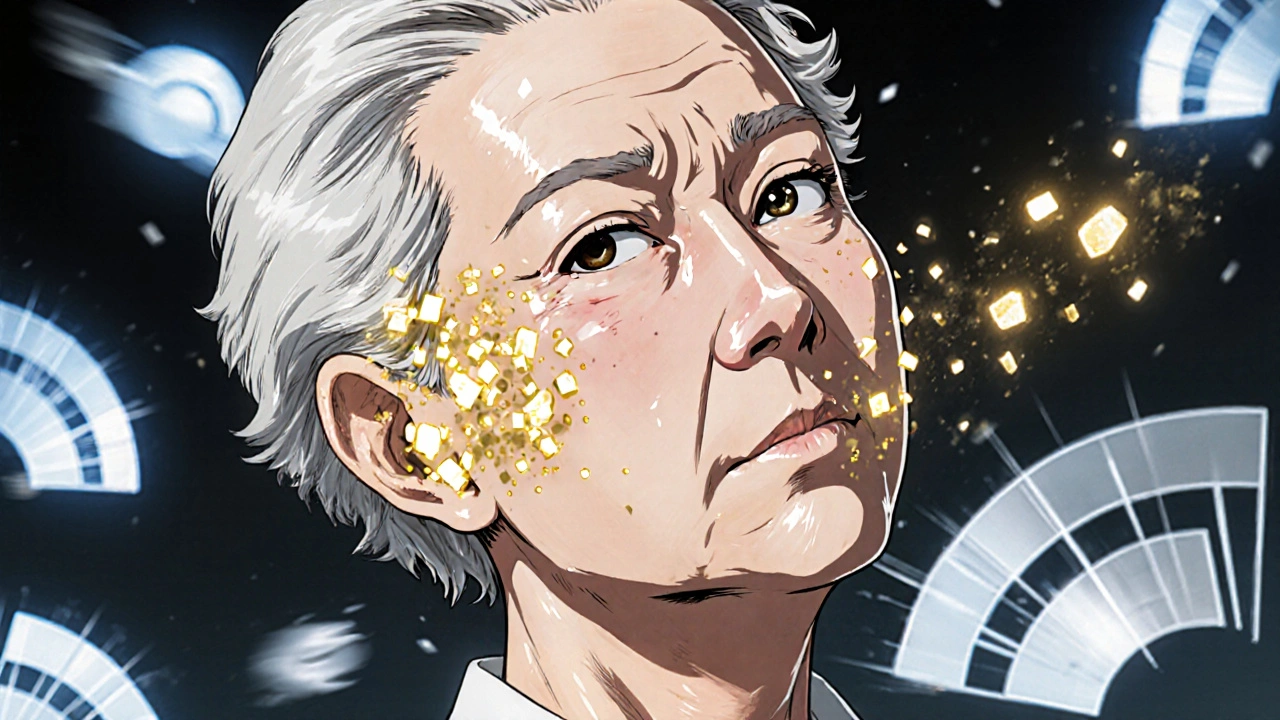When you roll over in bed and the room spins, or you stand up too fast and feel like you’re falling—BPPV, a common inner ear disorder that triggers brief but intense episodes of vertigo. Also known as benign paroxysmal positional vertigo, it’s not dangerous, but it can make everyday movements feel risky. This isn’t just dizziness. It’s a sudden, violent spinning sensation tied directly to head position—hence the name. You don’t need to be old to get it, but it’s most common after 60, and it often shows up after a head bump, ear infection, or just out of nowhere.
BPPV happens when tiny calcium crystals, called otoconia, break loose from their normal spot in the inner ear and drift into one of the semicircular canals. When you move your head, these loose crystals shift and send wrong signals to your brain about motion. That’s why turning your head, looking up, or rolling over triggers the spin. It’s not anxiety. It’s physics. And it’s fixable. The go-to fix? canalith repositioning, a series of simple head movements that guide the crystals back to where they belong. The Epley maneuver is the most common one, and it works in over 80% of cases within one or two sessions. You can do it at home with a guide, or a physical therapist can do it in minutes. No pills, no surgery, no long recovery.
Some people try meds like meclizine or diazepam to dull the dizziness, but those just mask the problem. They don’t fix the crystals. And they can make you groggy for days. The real solution is movement—not avoidance. Avoiding turns or staying still might feel safer, but it actually makes your brain more sensitive to motion over time. Moving your head in controlled ways, even if it’s scary at first, helps your brain relearn what’s normal. That’s why vertigo treatment, when done right, focuses on retraining your balance system, not just silencing symptoms.
You might also hear about vestibular rehab or balance exercises. Those help if BPPV keeps coming back or if you still feel unsteady after the crystals are moved. They’re not magic, but they’re practical. Think of them like physical therapy for your inner ear. And if you’ve had BPPV once, you’re more likely to get it again—so knowing how to spot the early signs and what to do next matters.
What you’ll find below are real, practical guides from people who’ve been there: how to do the Epley maneuver safely, what to avoid after treatment, why some people get BPPV after flying or dental work, and how to tell if it’s really BPPV or something more serious. No fluff. No theory. Just what works when you’re stuck on the floor because the room won’t stop spinning.

Vertigo and dizziness often stem from inner ear disorders like BPPV, Meniere's disease, or vestibular neuritis. Learn how vestibular therapy and targeted treatments can restore balance without relying on long-term medication.
View more